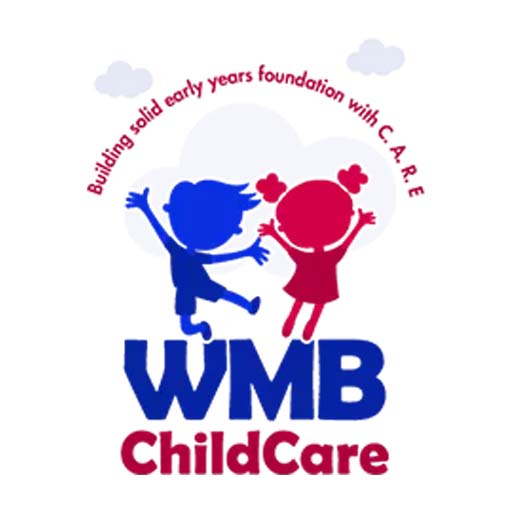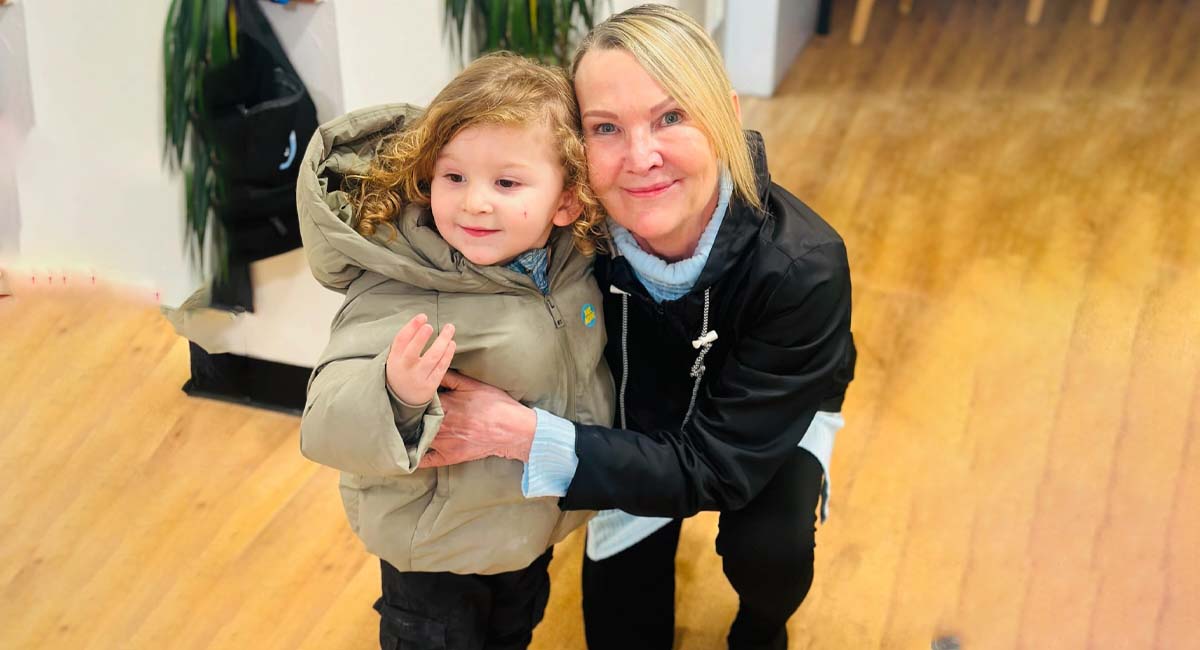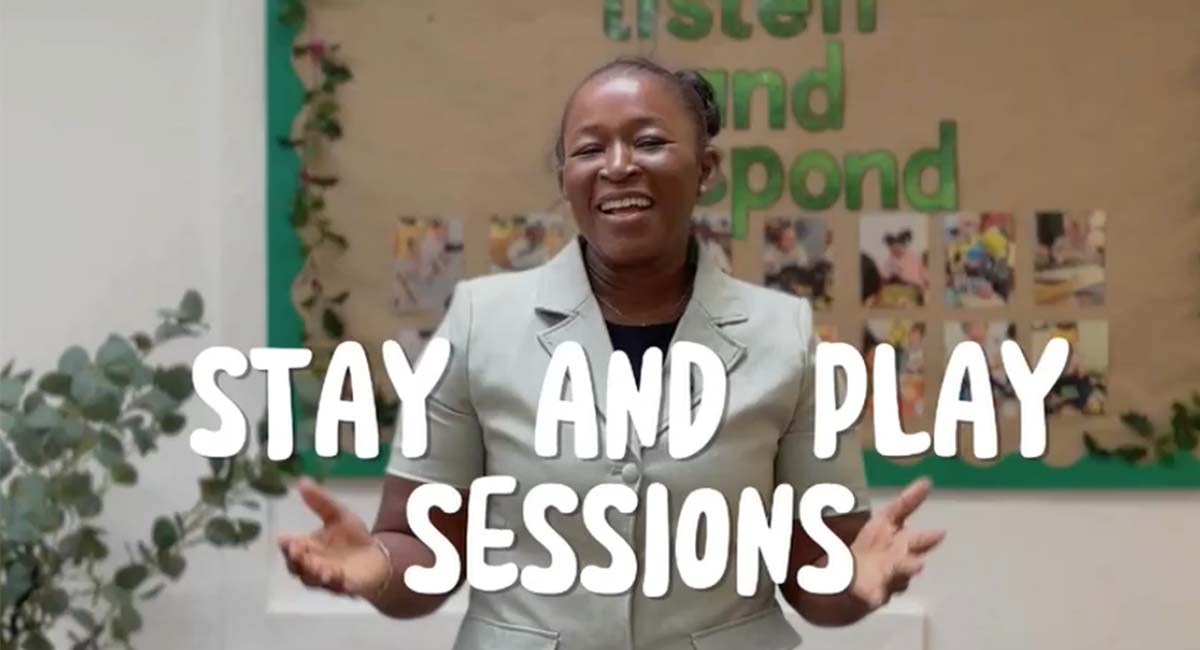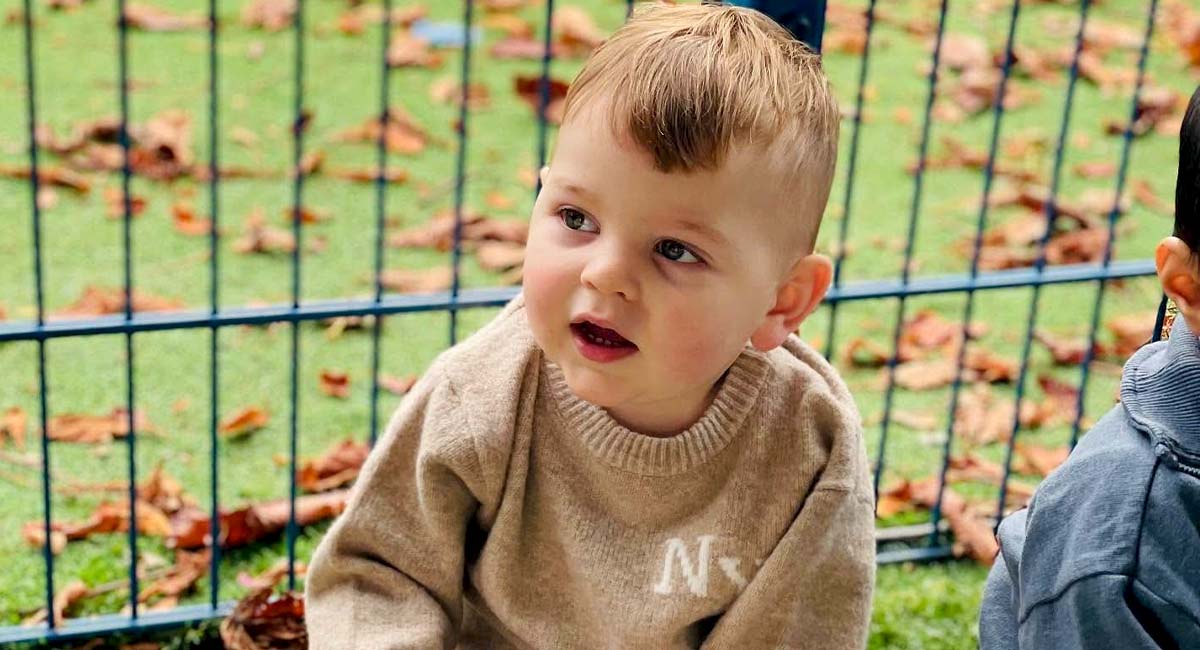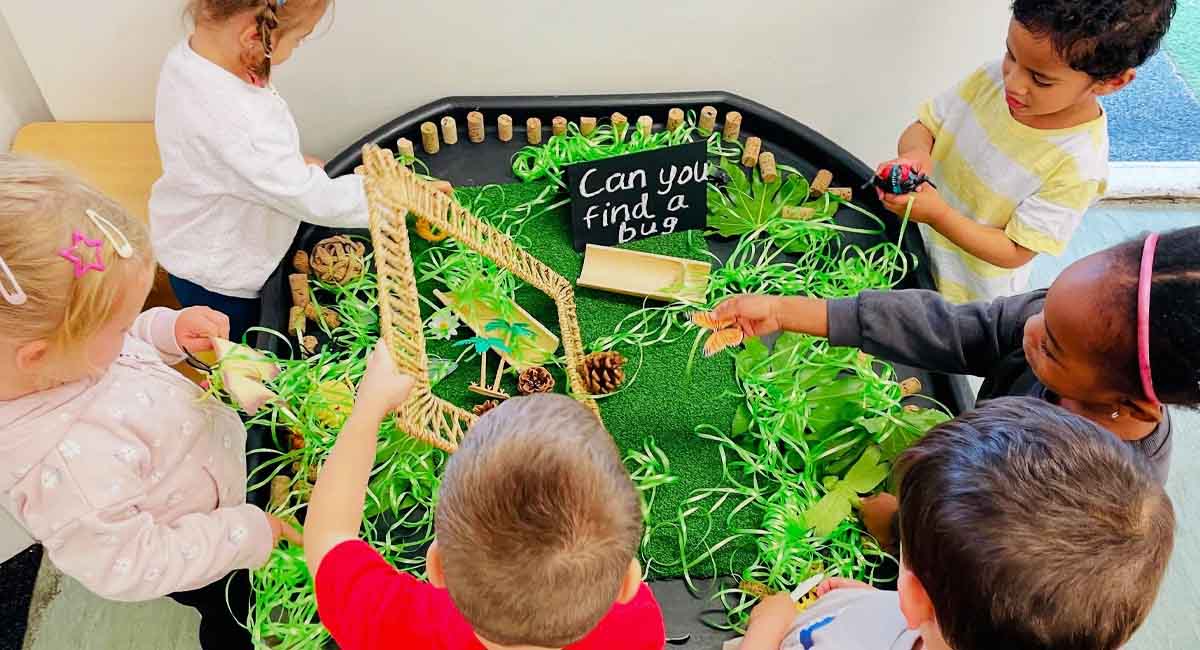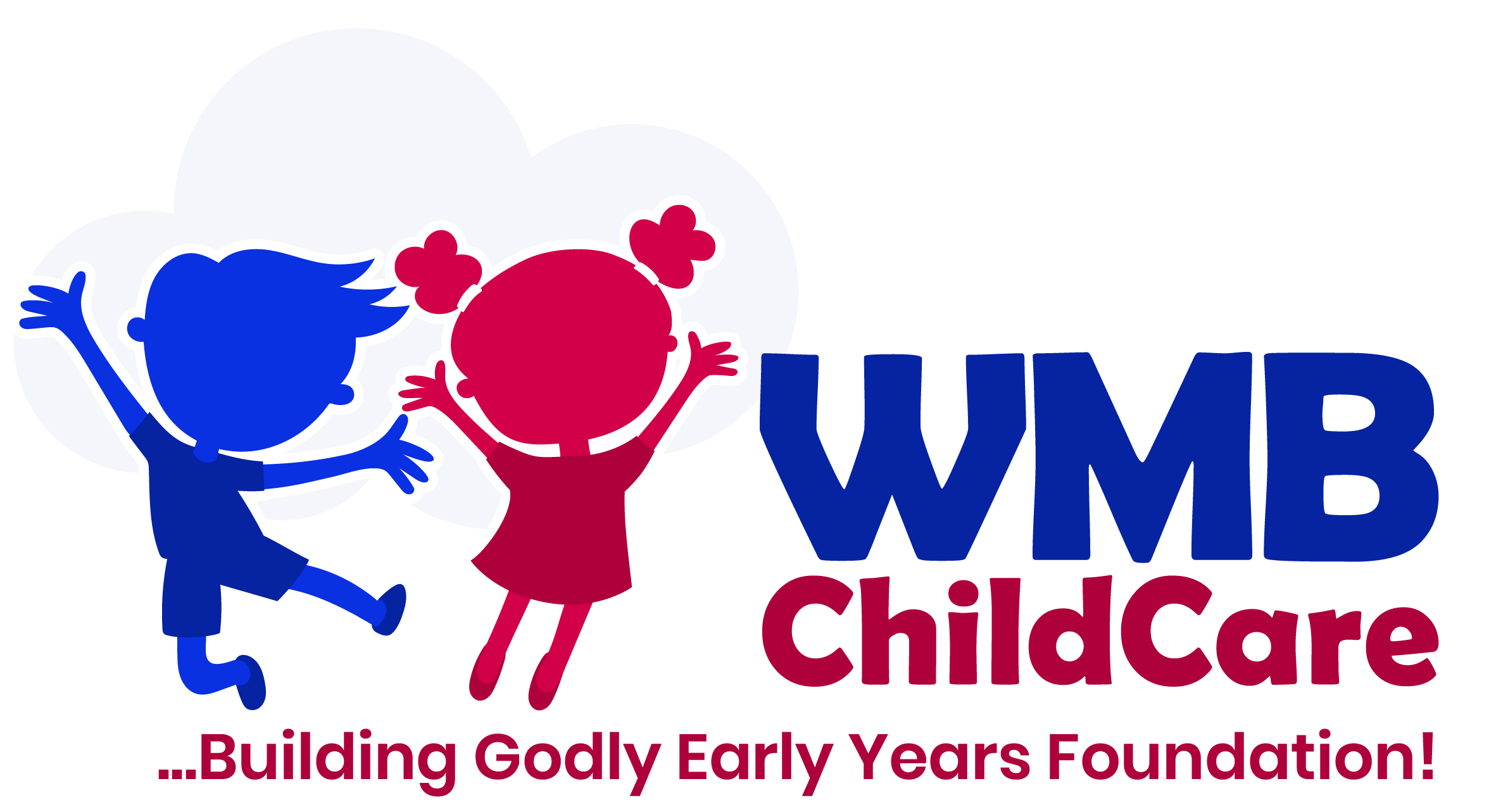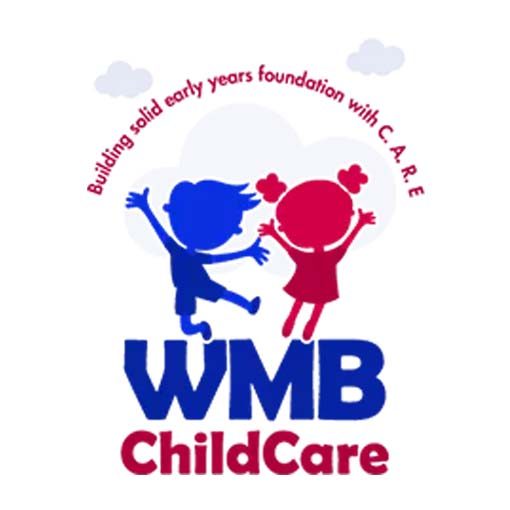Tips for Helping Parents with Their Baby’s Separation Anxiety
Separation anxiety is a natural phase for babies and often arises when they begin to recognize and attach strongly to their primary caregivers. Whether it’s starting nursery, staying with a babysitter, or simply being apart for a short while, this stage can be emotional for both babies and parents. Here are some gentle and practical strategies to help ease your baby’s anxiety and make separations smoother.
1. Establish a Goodbye Routine
Babies thrive on consistency and predictability. Create a simple, loving goodbye ritual that you use every time you leave. It could be a special kiss, a wave, or saying, “Mommy will be back soon.”
Keep it short and sweet—prolonged goodbyes can make it harder for both you and your baby. This routine reassures your baby that you will always return, helping them feel secure.
2. Practice Short Separations
Ease your baby into separations gradually. Start with brief periods apart, leaving them in the care of a trusted family member or caregiver.
Slowly increase the duration of your absence as they become more comfortable. This step-by-step approach helps your baby build trust and confidence that you will come back.
3. Stay Calm and Positive
Babies are highly sensitive to your emotions. If you’re anxious or hesitant during goodbyes, your baby may pick up on your feelings.
Maintain a calm, cheerful demeanor when leaving. A positive attitude reassures your baby that they are safe and cared for, even when you’re not there.
4. Provide a Comfort Object
A familiar item, such as a soft blanket, a favorite toy, or even a piece of your clothing, can help comfort your baby in your absence.
These “transitional objects” provide a sense of security and connection to you when you’re away. Make sure this item is always available during separations to ease anxiety.
5. Familiarize Them with New Environments
When introducing your baby to a new space, take time to help them adjust. Visit the nursery, daycare, or caregiver’s home together before leaving them for the first time.
Allow your baby to explore the surroundings while you’re present. This helps them associate the new environment with safety and positivity.
6. Keep Routines Consistent
Babies find comfort in routines because they make their world feel predictable and safe. Stick to familiar feeding, nap, and play schedules, even during transitions. A regular routine can help your baby adjust to new experiences with less stress.
7. Communicate Clearly
Although your baby might not understand every word, your tone and reassurance are key. Say something simple like, “Mommy is going to work, but I’ll be back after your nap.” Acknowledge their feelings: “I know it’s hard, but you’ll have fun, and I’ll see you soon.” This helps them feel heard and reassured.
8. Use Visual Aids
For slightly older babies, visual aids can help them understand routines. Create a simple picture chart of the day’s events, showing when you will return. Seeing a visual timeline helps them understand the sequence of your departure and reunion.
9. Be Patient and Supportive
Every baby adjusts to separation at their own pace. Offer plenty of hugs, smiles, and encouragement when you return. Praise their bravery, even for small steps, like spending a short time away from you. Your support and patience will help your baby develop confidence and resilience over time.
Final Thoughts
Separation anxiety is a normal part of your baby’s development, showing that they feel secure in their bond with you. With these strategies, you can ease their anxiety while nurturing their sense of independence and trust. Remember, it’s okay to feel emotional yourself—these moments are a natural part of the parenting journey.
By staying consistent, loving, and patient, you’ll help your baby navigate this stage with confidence and reassurance. Happy parenting!
